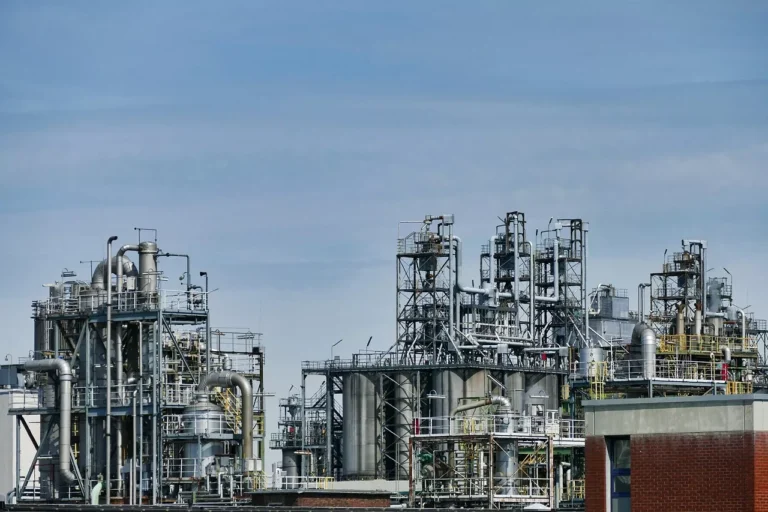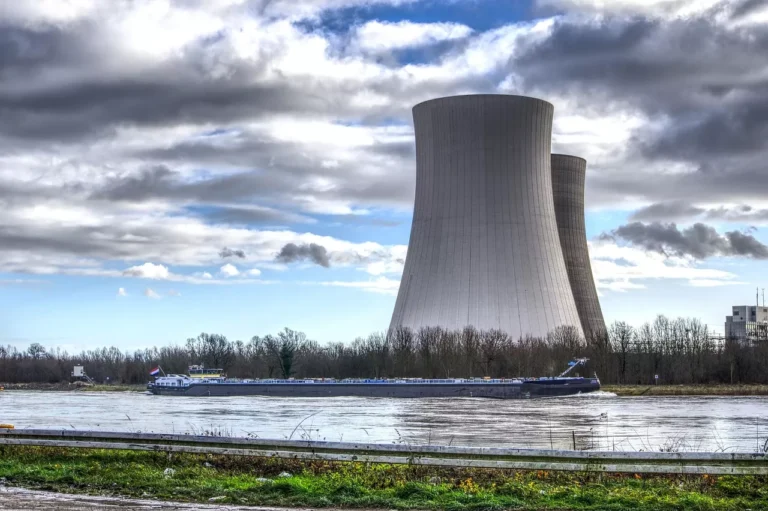
Ameresco and University of Illinois Chicago Launch $30 Million Phase 2 Energy Efficiency Project to Drive Campus Sustainability and Innovation
Ameresco, Inc., a prominent provider of energy efficiency and renewable energy solutions, has announced the launch of Phase 2 of its ongoing energy infrastructure partnership with the University of Illinois Chicago (UIC). This next phase represents a $30 million investment in cutting-edge energy efficiency upgrades, furthering a collaboration that has spanned more than a decade. The initiative targets key campus infrastructure improvements and aims to reduce energy consumption, tackle deferred maintenance, and enhance sustainability at UIC.
Building on a Legacy of Energy Innovation
This Phase 2 project, focused on modernizing HVAC systems, will bring transformative upgrades to two of UIC’s most critical campus buildings: University Hall and the Behavioral Sciences Building. University Hall, home to many of the university’s administrative functions, and the Behavioral Sciences Building, the campus’s largest classroom facility, will see the installation of 24 high-efficiency air handling units and the deployment of advanced smart controls for heating and cooling systems.
The enhancements are designed not only to replace aging infrastructure but also to optimize building performance, reduce operating costs, and significantly cut greenhouse gas emissions. The improvements are expected to generate more than $1 million in combined annual energy and operational savings for the university.
“Many universities across the country are grappling with the challenge of aging infrastructure,” said Lou Maltezos, President of Central & Western USA, Canada Regions at Ameresco. “We’re proud to support UIC in this critical phase of their sustainability journey. This project exemplifies how forward-thinking institutions can leverage modern energy solutions to lower environmental impact, improve building functionality, and create healthier, more comfortable environments for students, staff, and faculty.”
Environmental Impact: Real Progress Toward Decarbonization
Beyond cost savings, the project is poised to deliver considerable environmental benefits. Once complete, the HVAC upgrades are expected to reduce the university’s annual carbon dioxide emissions by over 2,100 metric tons. That’s equivalent to:
- The emissions produced from driving approximately 5.5 million miles in a typical gasoline-powered vehicle, or
- The amount of carbon sequestered by roughly 2,100 acres of U.S. forestland in one year.
This environmental footprint reduction is aligned with UIC’s broader climate and sustainability goals, offering measurable progress toward a low-carbon future.
The project is slated for completion within 18 months and will play a central role in supporting the university’s five formal climate commitments, as laid out in its latest Climate Commitment Action Plan (CCAP 2024). These commitments include net-zero carbon goals, increased energy efficiency, and strategic operational transformation of campus infrastructure.
A Milestone in UIC’s Climate Action Strategy
UIC has long demonstrated leadership in campus sustainability. Since the publication of its first Climate Action Plan in 2009, the university has established itself as a model for integrating energy-conscious strategies into higher education infrastructure.
The Phase 2 upgrades are directly aligned with CN 1 of UIC’s CCAP 2024—its “Energy Efficiency Portfolio” priority. This strategic pillar focuses on reducing energy use across campus buildings through targeted retrofits, operational changes, and adoption of efficient technologies. The approach recognizes that the most sustainable energy is energy not used—and that efficiency is often the most cost-effective route to carbon reduction.
This portfolio is not just a checklist of upgrades; it’s a framework for creating smarter, leaner, more resilient infrastructure across campus. Energy-efficient buildings are designed to use less energy while delivering the same (or improved) comfort and functionality for occupants. For UIC, this means investing in systems that will continue to provide benefits for decades, even as energy demands grow.
Commitment to a Sustainable and Innovative Campus
The university’s leadership sees this project as a catalyst for even broader transformation.
“The University of Illinois Chicago is committed to creating a campus that embodies sustainability and innovation,” said John Coronado, vice chancellor for administrative services at UIC. “These projects will reduce the university’s energy footprint and also transform our facilities to better serve our students, faculty and staff.”
The upgrades reflect the university’s vision of sustainability not just as a goal, but as an ongoing process woven into its identity. As universities globally respond to increasing environmental and fiscal pressures, UIC’s work with Ameresco stands as an example of how long-term partnerships can yield measurable outcomes in emissions reductions, operational resilience, and quality of life for campus users.
Ameresco’s Role as a Strategic Energy Partner
Ameresco brings to this project over two decades of expertise in developing, financing, and implementing comprehensive energy solutions for institutions ranging from municipalities and school districts to federal agencies and higher education campuses. Its solutions are designed to reduce energy consumption, improve facility operations, and meet complex sustainability targets—without burdening institutions with upfront capital costs.
In the case of UIC, Ameresco has helped guide the university through assessments, planning, and implementation strategies that prioritize not just technical performance, but long-term financial and environmental return on investment.
This $30 million project builds on the success of prior initiatives between the two organizations, reinforcing Ameresco’s role as a trusted advisor and project integrator. As more universities recognize the need to modernize their facilities while meeting aggressive climate goals, partnerships like this are becoming a vital model for scalable, financeable energy transformation in the academic sector.










